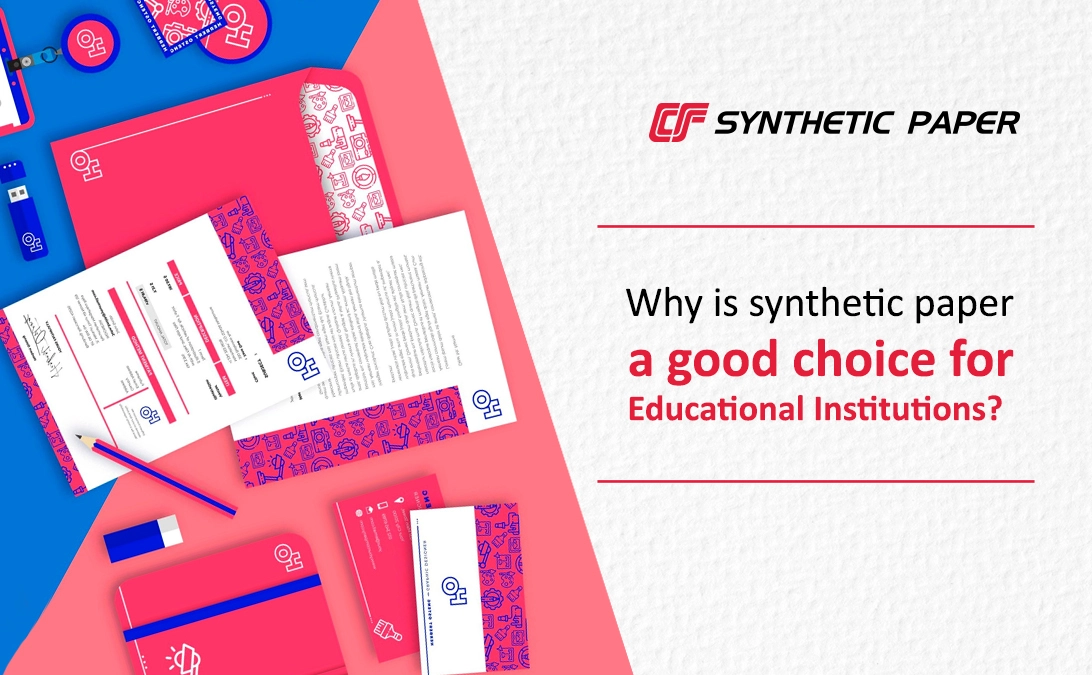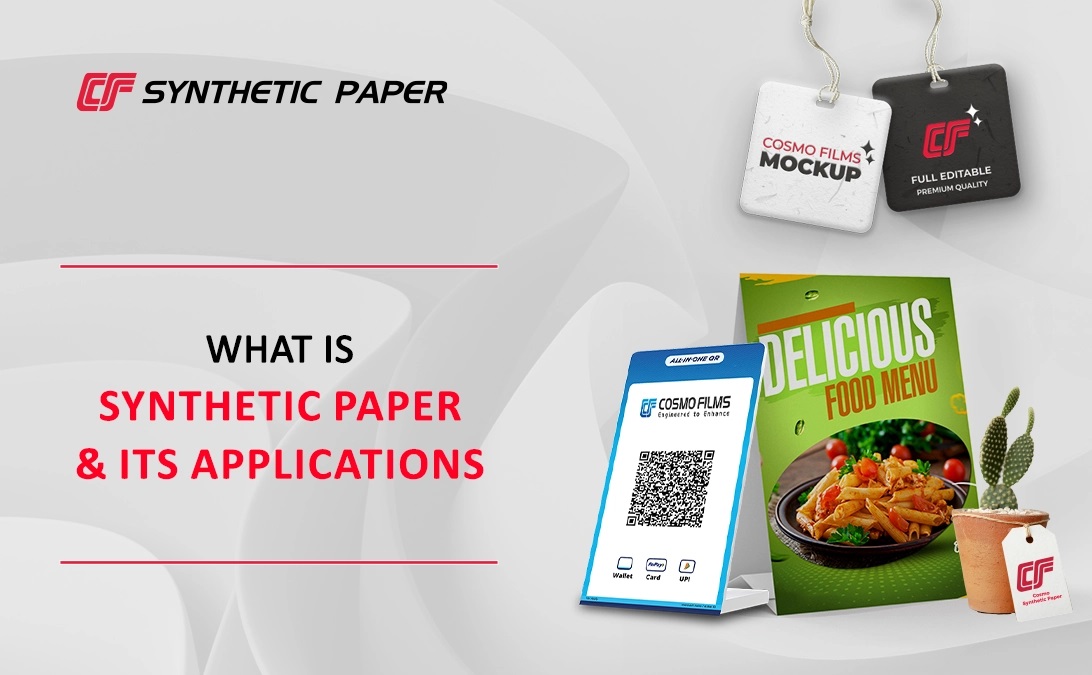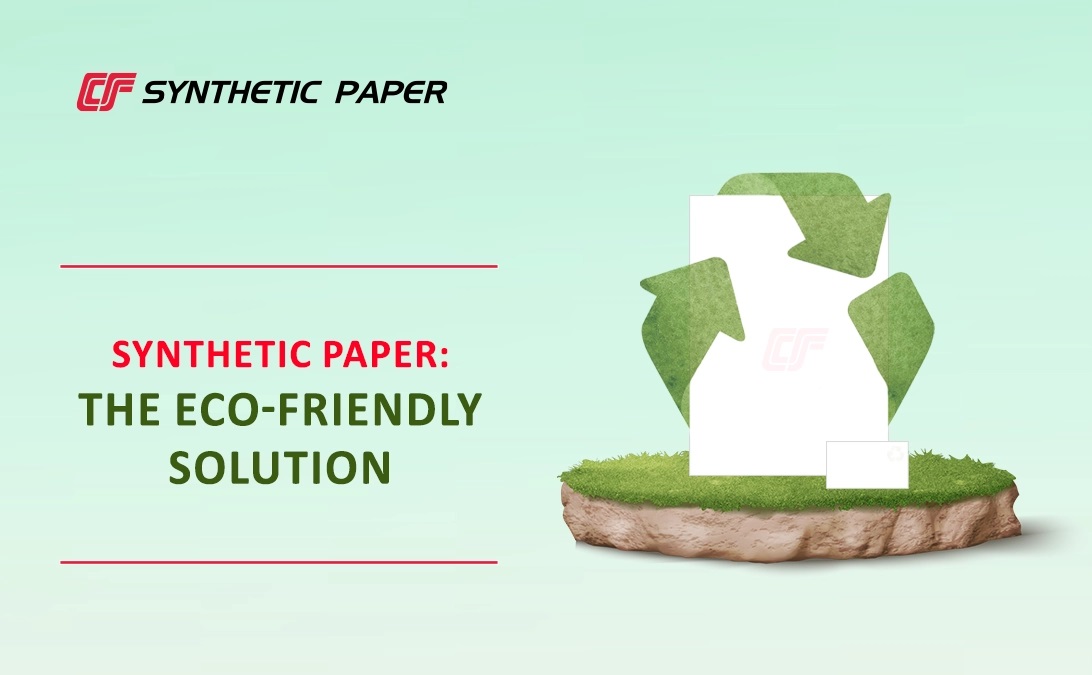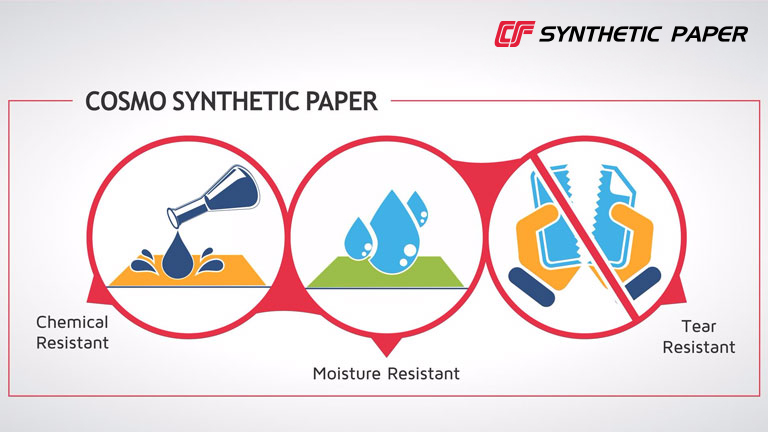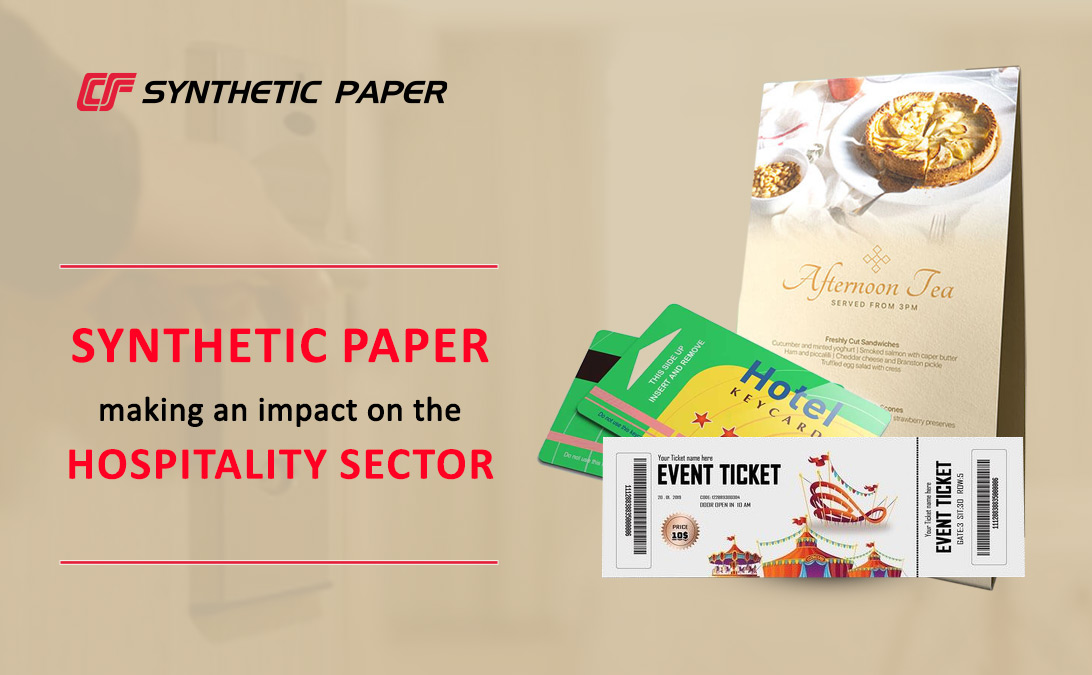In today's environmentally conscious world, finding sustainable alternatives for everyday materials is crucial. This holds especially true for educational institutions like schools and colleges, which consume vast amounts of paper for various purposes. Cosmo Synthetic Paper presents a game-changing solution. This innovative material offers a sustainable and cost-effective alternative to traditional paper, revolutionizing the way educational materials are produced and utilized. Explore with us the advantages of synthetic paper in educational settings.
Educational institutions, from elementary schools to universities, are faced with a continuous demand for printed materials. This includes textbooks, workbooks, handouts, and, notably, certificates. Traditionally, these documents have been printed on conventional paper, which not only contributes to paper waste but also poses challenges in terms of durability and longevity.
Do Certificates That Last a Lifetime With Synthetic Paper?
Certificates serve as tangible symbols of achievement and recognition for students. However, they are often prone to wear and tear, especially when stored or displayed over time. This is where synthetic paper steps in as a game-changer. Its exceptional durability ensures that certificates remain intact and legible for years, preserving the honor and pride associated with these accomplishments. This longevity translates to a lasting reminder of a student's achievements, reinforcing a sense of accomplishment and motivation.
Cost Efficiency
The production and printing of educational materials, including certificates, can be a significant expense for schools and colleges. Traditional paper, while widely used, can incur high costs due to factors like printing, re-printing, and replacements. Synthetic paper, on the other hand, presents a cost-effective alternative. Its resilience to damage and wear means that certificates made from synthetic paper don't require frequent reprints or replacements. This leads to substantial cost savings over time, allowing educational institutions to allocate their budgets more efficiently.
Environmental Responsibility
The environmental impact of educational institutions is a growing concern in today's world. The use of synthetic paper in educational materials offers a sustainable solution. Cosmo Synthetic Paper is manufactured using eco-friendly materials and processes, resulting in fewer natural resources used and reduced environmental footprint compared to traditional paper production. By adopting synthetic paper, schools and colleges contribute to a more sustainable future while providing quality education.
Customization and Branding
Synthetic paper provides a canvas for customization, allowing educational institutions to showcase their unique identity and brand. Whether it's a school logo, specific colors, or customized text, synthetic paper accommodates a wide range of printing techniques and finishes. This flexibility ensures that certificates not only serve as tokens of achievement but also reflect the institution's commitment to quality and individuality.
Versatility Beyond Certificates
While certificates are a prominent application, synthetic paper offers a wide array of uses in educational settings. It can be used for textbooks, workbooks, study materials, and more. Its tear resistance and waterproof paper properties make it an ideal choice for materials that endure constant handling and potential exposure to moisture.
Enhanced Educational Experience
The benefits of synthetic paper extend beyond certificates. Its durability and versatility enhance the overall educational experience. Textbooks, workbooks, and study materials made from synthetic paper are more resilient to the wear and tear of daily use. This means that students can confidently engage with their learning materials without fear of pages falling out or becoming illegible.
Furthermore, the tear-resistant nature of synthetic paper allows for interactive elements to be integrated into educational materials. This opens up exciting possibilities for interactive learning experiences, such as pop-up diagrams, flaps, and other engaging features. These dynamic elements not only make learning more enjoyable but also reinforce important concepts.
How to Facilitate an Interactive Learning Environment?
Institutions that embrace synthetic paper also have the opportunity to create dynamic and interactive learning environments. For example, teachers can use synthetic paper for visual aids, flashcards, and other supplementary materials. Its resistance to wear and tear ensures that these resources remain effective and engaging throughout the academic year.
Additionally, synthetic paper is compatible with a range of printing techniques, enabling the creation of vibrant, high-quality visuals that captivate students' attention. Whether it's colorful diagrams in science class or engaging historical maps in social studies, synthetic paper enhances the visual aspect of education.
Durable Reference Materials
Libraries and resource centers in educational institutions house a wealth of knowledge in the form of books, reference materials, and archival documents. These resources see significant use, often resulting in wear and tear over time. By utilizing synthetic paper for critical reference materials, institutions can ensure that these valuable resources remain accessible and in good condition for generations to come. This approach not only preserves the integrity of the educational materials but also represents a wise investment in the institution's intellectual legacy.
Fostering Environmental Awareness in Education
By incorporating synthetic paper into their educational materials, institutions send a powerful message about their commitment to environmental responsibility. Students are likely to notice and appreciate the efforts made towards sustainability. This, in turn, can foster a culture of environmental awareness and responsibility among the student body, encouraging them to consider their own impact on the environment.
Final Thought
In the pursuit of quality education, the choice of materials plays a pivotal role. Synthetic paper from Cosmo is poised to revolutionize the way educational materials are produced and utilized. Its durability, cost-efficiency, and environmental responsibility make it an invaluable asset for schools and colleges. By adopting synthetic paper, educational institutions not only enhance the longevity and quality of their materials but also contribute to a greener future. Choose sustainability. Choose longevity. Choose Cosmo Synthetic Paper. Elevate the educational experience and leave a lasting impact on students and the environment.



